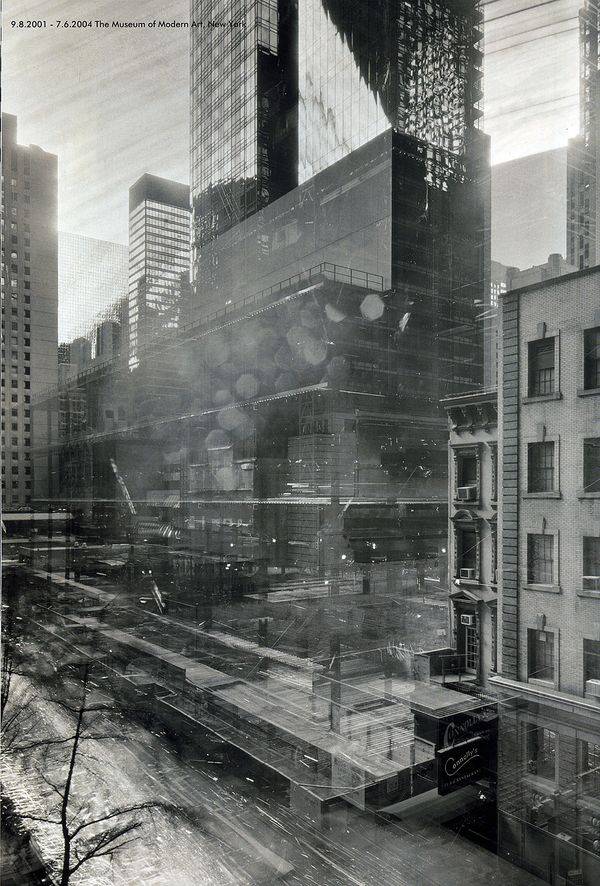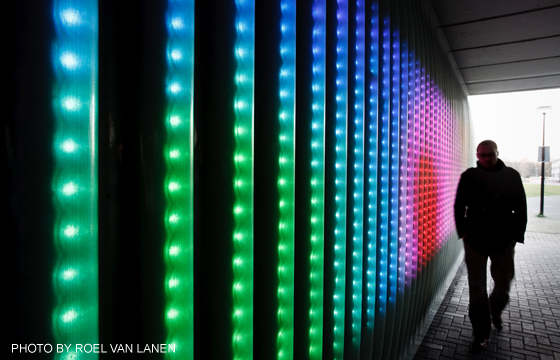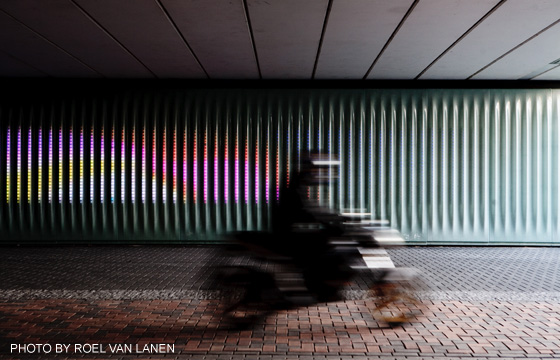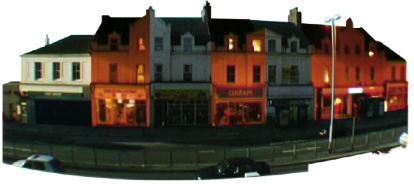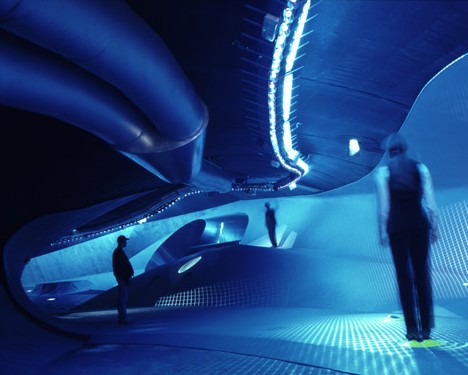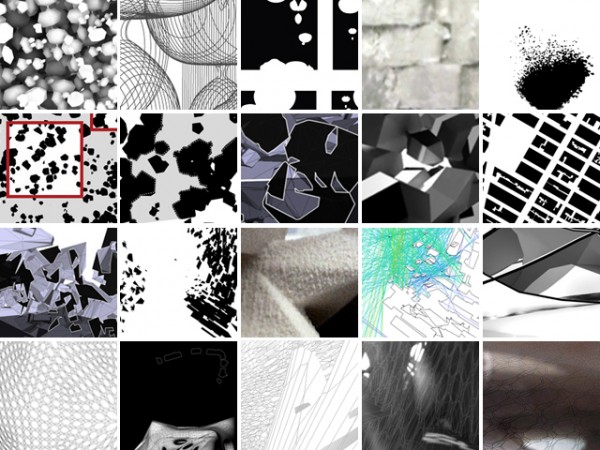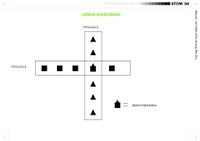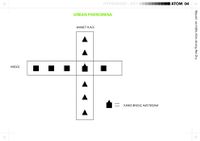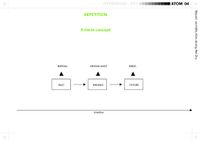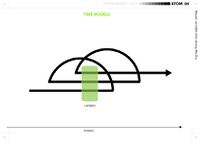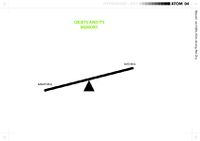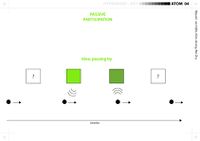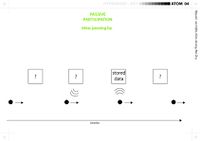atom04:'''References'''
(→EXPERTS) |
(→CLIENTS) |
||
| Line 106: | Line 106: | ||
| − | + | Our clients has to fit to this profile: | |
Revision as of 10:21, 12 October 2011
Contents |
REFERENCES - PROJECTS
OPEN SHUTTER, Micheal Weslay
photographs each showing an amazing detail and the intricacy of change. The photos contain the ghosts of the buildings as it is constructed; streaks of the sun throughout the sky; and hundreds of little nicks, trails and instances that elude to something happening during the long exposure.The surrounding buildings stand solid and unchanged, a constant presence in the otherwise changing environment.
THE MOODWALL, CUBE Architecten
The first Moodwall was opened in Amsterdam under intense public interest. The Mood Wall is a 24 meters long wall on which moving images are projected. If someone moves along the wall, it will react with light, color and movement through cameras that use special software of 2500 LED lamps control. This is done through interactive programming, with a dark Moodwall pedestrian overpass into a special entrance for the Amsterdamse Poort shopping.
SPACELAPSE 2003, Christopher Speed
Satisfied that digital video had been able to express different socio-spatial relations with a street through Places of Difference, the author worked with a graduate to develop another three minute short movie that explored socio-temporal relations with space. Using time lapse technology, each shop along a small part of Mutley Plain was manipulated in post-production to portray how many people visit it on a daily basis. By playing back each shop’s time lapse at different speeds, according to its popularity, the collective image was of the street as it changed over time. The sky and pedestrians remained in real time and the result is a startling model of how social activity affects the temporal balance of a street. Pedestrians tend to see a street of shops as a connected unit, and when things alter along the street – such as the shopfronts – it is accepted as part of the street’s dynamic nature. By speeding up and slowing down the rate of each shop’s time lapse the viewer has an opportunity to see the street as a series of components, each with its own time according to its use. The result is a pulsating array of multiple time lapses that gives the viewer an insight into the complexity of a simple street. ‘SpaceLapse’ articulated relational properties that were impossible to see with the eye, and could only be traced through the distortion of time.
THE WATER PAVILION, NOX
The Water Pavilion is as organic and “blobby” on the inside as on its outside, though the concept of sides quickly becomes irrelevant once floors transform into walls and ceiling exist only according to one’s point of view. Designed as an interactive building flush with mist displays and water jets, the Water Pavilion is equipped with sensors that allow visitors to adjust the sights, sounds and other interior features to suit their particular mood of the moment. The sounds of the users were recorded and replayed at the same time in the same space but from a different direction. So that showed the presence through the distortion of the sounds.
POROCITY LAB, Universität für die Angewandte Kunst Wien
From the description of PoroCity lab:
PoroCity will start from Walter Benjamin´s and Siegfried Kracauers notion of porosity as a model of the mutual penetration of public and private life and its potential of reading the city as multilayered system in continuous change. PoroCity refers to the measure of void space in a material sense, but also connects to concepts of improvisation,permeability, elasticity and resilience regarding the urban environment.
Introduced in the 1920ies as a critique of modernist urban planning, the notion of porosity reconnects infrastructural means and civic life. Porosity allows for all ranges of scale, planned and unplanned built form, public and private realms as well as orchestrated and informal courses of action.
ANALYSIS VALIDATORS
USERS
Students
The students will be the users of our project. This is because of two reasons.
-Delft is in particular famous for it's Technical University. What means a significant amount of technical students who are connected to Delft
-The sit is located at the North of the TU-campus and in front of the faculty of architecture, and next to the new student apartments. So the site is situated in a particular student area.(link analysis)
-More than 15% of the inhabitants are students and they commuting every day between the city center and the campus. (links to analysis)
Questionair
There opinion:
What is the identity of Delft?
What is the valuable for students?
There opinion about our proposal:
Own presence and identity become part of identity of the site.
CLIENTS
Our clients has to fit to this profile:
-target group: students
-changing program with in a fixed concept for the spatial setting
-Connected to Delft. To the city center whether the campus with its Technical University
Who fits this profile are:
TU Delft
DUWO
Delft Science Center
-Connection now
The busy road between Delft Science Center and the site, causes a barrier between it.
Further more the site is now a transition space..
-opportunity for Science Center
A pavilion which can offer the multiple use of spaces.
-strenghten connection
Create more activity to change it from transotion space to a place to stay.
-Technical University
Faculty of Architecture
The site is in front of the mailentrence of the faculty of Architecture.
however the road creates a separation between the two,
and weakens the connection.
Further more there isn’t a clear visible access to the site
if you are leaving from BK-city.
-opportunity for BK-city
Students of the faculty of architecture are in need of more workspace
and also more place for relaxing.
The site is also a nice place to organise every year events
and meetings for the students.
-strenghten connection
To make a more clear connection there should be some good pedestrain path.
Maybe with a path wich goes under or above the road.
-DUWO
Student apartments
EXPERTS
The experts are the people who are
-really into the topic:
identity ---->
embodied ---->
(porosity) ---->
-translate certain data into sounds and visuals ---->
REFERENCES - DEFINITIONS
DEFINITIONS
Here we are defining the key concepts to manage the problems of the site. The problematic identity of the place will be thought through according to the ideas od Differentiation, Personalization and the Urban phenomena. The difference itself is achieved through the concepts of time - repetition, the routine and the trace. The interactivity of those will be seen through participation, reaction and the ghost.
IDENTITY
DIFFERENTIATION
the state or relation of being different; dissimilarity. A significant change in or effect on a situation, distinctive quality, feature.
Henri-Louis Bergson distinguses difference in kind and difference in degree. Deleuze argues that difference should fundamentally be the object of affirmation and not negation. Difference in kind is related to continuous multiplicity discrete multiplicities. Its main characteristics are virtual difference, qualitative discrimination, subjetive relation and the connection to the time (duration).
Difference itself is a characteristic tha gives a value to the event.
PERSONALIZATION
- the achieving of individual, relating to, directed to, or intended for a particular person. usually involving personal remarks as character, behavior, appearance, interests, social category, context. It also involves the idea of customization, the using of the technology to accommodate the differences between individuals.
Personal continuity, a time concept, is an important part of identity. personal experiences are connected to the qualities such as self-awareness, sentience, sapience, but also to the ability to perceive the relationship between oneself and one's environment. Personal continuity is the property of a continuous and connected period of time and is intimately concerned with a person's body or physical being. Through contiguity, one associates ideas or events that usually happen to occur at the same time. The personal continuity is the keyword behind the habit and the routine.
The concept of personal is related to the concept of time through routines, habits and the memory. The reactions are based on personal intuitions and feelings. Surprising and strong events can be caught through personalized, specific experience.
URBAN PHENOMENA
a spatial setting that is creating a cultural relevance. Urban phenomena can be seen as differing spatial quality, emotionally loaded. Its cultural importance overweighs its logistical and contextual situation. Not a difference in degree, but difference in kind.
Most well known urban phenomena is the Bilbao effect. In Bilbao's urban regeneration plan, Frank Gehry's Guggenheim museum managed to change the identity of the city itself - the rundown area of a city in economic decline was brought to huge financial growth and prestige, the Bilbao changed from problematic industrial town to a global tourist destination. The effect was achieved through one extraordinary building, the Bilbao's Guggenheim Museum. Due to the scale and the budget Gehry's building became the symbol of its Kind, the beginning of iconic objects. It was already loaded with the emotions created by Deconstructivist movement in architecture, it wasn't a manifesto building any more, but big a cultural temple, a delivery project of the new spatial qualities.
Urban phenomenas can be found in different scale. Bilbao effect is clearly a global one. In smaller scale, locally, the scheme also works. Local urban phenomenas work according to similar pattern. They are connected to an attempt to produce a "delight rating" for a given space. The space has to be designed as an easily memorisable one, but also different from the already seen and sensed. Urban Phenomenas need strong, surprising, routine breaking experiences.
TIME
REPETITION
the act of repeating, repeated action. Repetition is depending on the time, it is considered as a time concept in given space.
According to Gilles Deleuze's notion that there is no time but the present, the duration, which contains past and future. Repetition describes the different ways in which past and future can be inscribed in a present. Repetitional Habit incarnates the past (and gestures to the future) in the present by transforming the weight of experience into an urgency. Repetition can be seen through the he active force of memory, which introduces discontinuity into the passage of time by sustaining relationships between more distant events, in a virtual and vertical way, it deals with events in their depth and structure rather than in their contiguity in time. The time without the repetition can be seen as an empty time, it consists out of ultimate event or experiences that are breaking free from the simple repetition of time.
When making the future and the past more visible, sensible, repetition is referring to the habits and the memory of the users. For the notion of the present itself the experience has to be strong and surprising enough to outdo the routine, the habitual.
ROUTINE
ourse of actions followed regularly, a standard set of procedures. Habits are routines of behaviour that are repeated regularly and tend to occur subconsciously. Routine, habit is a concept that needs a subject. In the context of the user the routine and habit are describing its repetitional relationship to the place.
TRACE
A visible mark, made by the subject. an indication of the former presence or existence of something. mark of the absence of a presence, an always-already absent present.
According to Jacques Derrida, instead of finding the truth, the closure, it is important to see the absence of presence, loophole, freeplay of meanings. The trace becomes the medium for those in text. The trace is not a presence but is rather a presence that is dislocated, displaced, and refers beyond itself. the concept of the trace can be seen as marks on and under erasure - a new word written, old one crossed out. For the freeplay of meaning all is printed - both words and the deletion.
the trace is the remains of an act done by the subject, the user. The trace can be seen as the medium of the repetition. The recognition moment of the traces can become an ultimate moment. the experience of understanding the logic of displaced loopholes, dislocated meaning can be seen as an strong and surprising event.
INTERACTIVITY
PARTICIPATION
is about taking part in some activity. Literally participation means: Taking part (with other people) in some action or matter. Participation includes the inverse of inherence. The event is depending on the participants, but at the same time the event itself is creating the participatory relationship. Taking part can be seen on two levels. In passive participation taking part is done only by being present (moodwall). In active participation taking part has also reaction on the environment.
Participation establishes an interactive relationship between the place and the user. In an active relationship to the space, the freeplay of the meaning becomes open.
REACTION
is about active participation in some action or matter. It is about action and reaction. Like the third law of Einstein. If there is action there will always be reaction.
In this law it is about forces. It is not literally about forces in this case. But if we talk about active participation, the active part in the situation will cause the reaction. The amount of activity and the kind of matter are the parameters for the reaction.
In an interactive situation parties/parts. there is output = action from both sides, what causes an input for the other party/part. This can lead again to an new reaction. So it is an ongoing process. Only the strong and cumulative reactions can lead towards an ultimate event.
GHOST
is a frozen trace, locked, not visible. the ghost can start to haunt, when it becomes unlocked. Ghost is not seeing the time as a linear process, they are behaving active from time to time, through a thematic touch of users. Ghost is a trace that is having an interactive relationship. Ghosts are important models of time, trough them, a personal reaction is breaking the linearity of time. Ghost is hidden in the memory, the place can trigger the repetition of it.
TYPOLOGY RESEARCH
We studied different commercial typologies and measured their levels between the public and private space.
